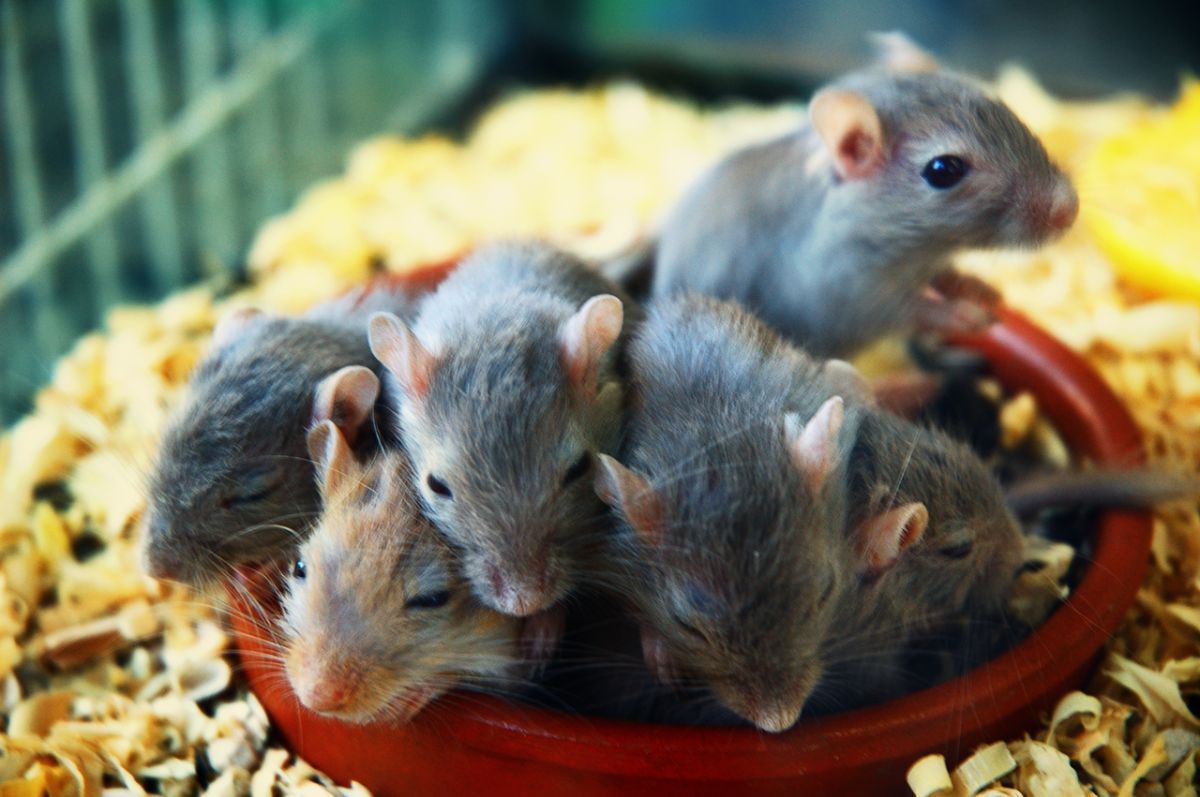Y: So Don, have you ever watched a bunch of rats hanging out together?
D: Uh, no, Yaël. If I see even a single rat I tend to run in the opposite direction.
Y: OK, but if you ever did stick around long enough to observe a bunch of rats, you might notice something interesting.
D: Like what?
Y: Like, for example, that rats huddle together when it's cold. When it's warm, they separate. And when the temperature is moderate, rats in a group sort of cycle between the snug, toasty center of the huddle and the colder periphery.
D: Interesting. Kinda creepy, but interesting. I assume rats behave this way to keep warm when it's cold ...
Y: Right. Scientists at the University of Sheffield, in England, who've studied this behavior in rats describe the rodents as acting like a sort of "super-organism." Kind of like a larger animal able to shape shift to stay warm.
D: I think penguins do something like this, too. I can see how the ability to coordinate movements in this way would be an evolutionary advantage. Even though each individual rat, or penguin, is acting out of self-interest to stay warm, their actions end up benefiting the larger group by allowing it to regulate temperature.
Y: Right. Except that it's not entirely selfish individual behavior. The computer model the scientists used predicts that huddling only happens when individual rodents contribute some of their body heat for the good of the larger group. It's not a conscious decision, exactly, but rats and some other animals seem to have an intuitive understanding that sharing their warmth in self-organizing huddles is the only way to survive.










